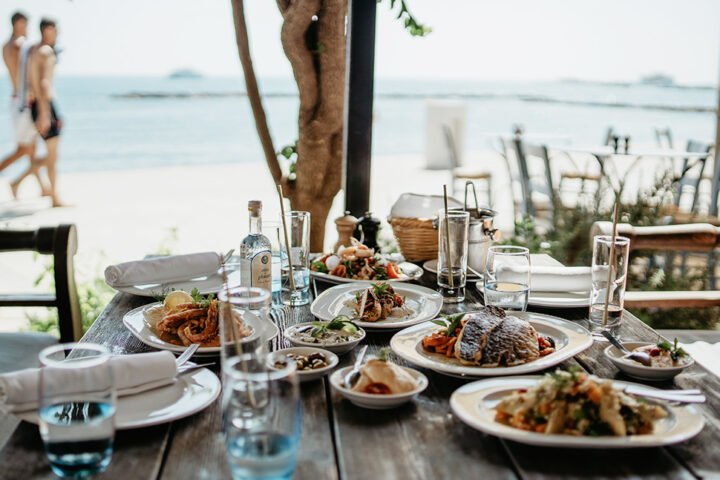* National oil company ‘must take initiative’ for EU
The amount of prospective oil and gas reserves in the Aphrodite offshore gasfield, as well as any other new discoveries will not be enough for companies like ExxonMobil to build and operate a liquefaction plant on the island, leaving the best option to send any hydrocarbons from the Cyprus EEZ by pipeline to Egypt, according to the senior officer tasked with ‘writing the manual’ on energy policy.
Dr Panos Kelamis, a former manager and geophysicist at Saudi Aramco for 30 years and presently chief executive officer at the Cyprus Hydrocarbons Company (CHC) said that the 4.5 to 5 trillion cubic feet (tcf) reserves estimated in the exclusive economic zone’s block 12 “should go to Egypt” for processing, once it comes online some time in 2021 or 2022.
Speaking at a workshop hosted by the Employers and Industrialists Federation (OEV), Kelamis said that once the production and monetisation plans have been determined, the “most profitable scenario” would be for any oil and gas from Cyprus to head to Egypt, which already has processing plants in place and plans to build more, once the output from the giant Zohr field comes on stream.
“ExxonMobil said they would be interested to invest in a plant in
“The East Mediterranean is an exciting area for oil and gas, with an estimated 230tcf of natural gas reserves and 1.7 bln barrels of oil, which is why we need to create an ‘oil and gas culture’ in Cyprus. It is better to under-promise and to over-deliver, than the other way round,” the CHC chief said, adding that his team is working on establishing a policy that will determine future exploration, exploitation and monetisation of hydrocarbons.
“We need to direct our efforts in three directions: the government, which will be the regulator and determine policy; the industry, which will be making the investments and create jobs; and, our academia, where we need out-of-the-box thinking,” Kelamis said.
“Some officials need to see the ‘big picture’ and some legal obstacles need to be overcome in order for the CHC to undertake its new role. There is a will for change, which is the first step,” he said, adding that
Dr Kelamis added that great amounts are being invested in new technology and
“Investments are being made in oil and gas innovation technology, in how to reduce CO2 emissions and how to increase efficiencies in transport.
“
Kelamis added that there are a lot of synergies that could be implemented in the region, with
Kelamis said that the fact that the ExxonMobil drill ship is in the area is very important for
ExxonMobil is a joint venture partner with Qatar Petroleum to explore block 10 in the Cyprus EEZ, northwest of
Block 11, which is adjacent to Zohr, is operated by French Total and
Eni said it too would proceed with drills in the Calypso target in block 6 (joint venture with Total) in December (2017) and the Cuttlefish (Soupia) target in Block 3, a joint venture with Korea’s Kogas, in the easternmost block, that borders with Lebanon’s EEZ.







